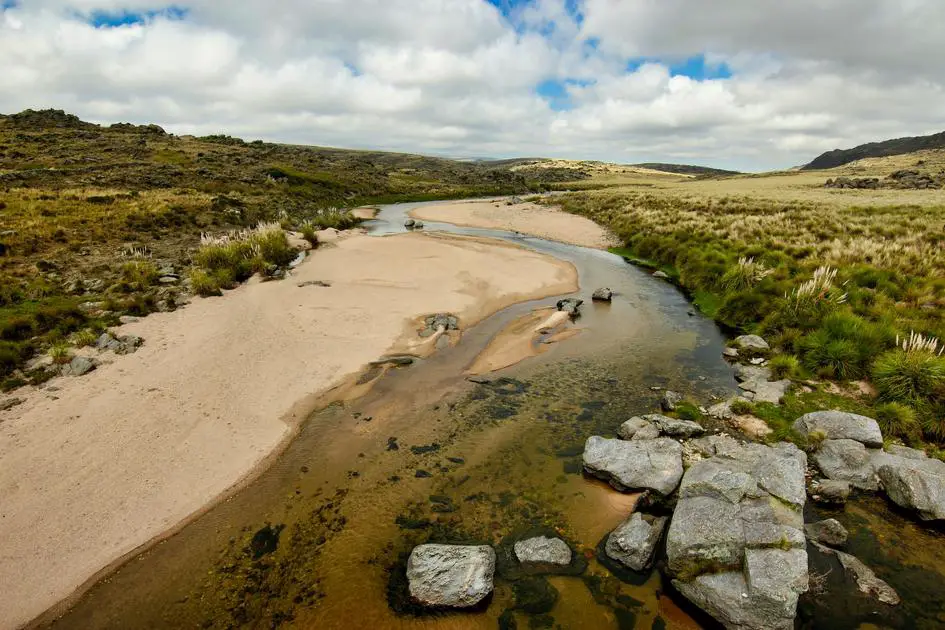Aquatic environments are teeming with diverse life forms, and among them are curious organisms like brown algae. To better understand their role and nature, let’s dive into facets like their classification, growth, and importance in aquatic ecosystems. Sit back, relax, and get ready for an enlightening journey through the world of brown algae.
Brown algae belong to a group of organisms known as protists. They are not considered plants since they lack certain characteristics like roots, leaves, and stem structures. So, is brown algae a protist? Yes, it is! In fact, it’s a significant member of the phylum Ochrophyta, which belongs to the larger Chromista kingdom, home to various protists.
With the answer laid out clearly, what’s stopping you from learning more about this fascinating organism? Prepare to uncover the uncharted depths of brown algae and how it contributes to the aquatic world and beyond.
Characteristics of Brown Algae
Morphology
Brown algae display a wide range of sizes and shapes, from microscopic, filamentous forms to giant seaweeds stretching over 50 meters. They are characterized by their brown color, which is primarily due to the presence of fucoxanthin, a pigment that helps them perform photosynthesis efficiently.
Reproduction
Brown algae reproduce both sexually and asexually. Sexual reproduction includes the release of gametes into the water, which later fuse to form a diploid zygote. Asexual reproduction typically occurs by fragmentation or through the formation of spores.
Habitats and Classifications
Brown algae can be found in freshwater and marine environments. They often thrive in cold, nutrient-rich waters, making them abundant along rocky coastlines.
Types of Brown Algae
- Fucus: Known as rockweed, this genus grows in intertidal zones and attaches itself to rocks using holdfasts.
- Sargassum: This free-floating seaweed forms dense mats on the ocean’s surface and provides valuable habitats for many marine species.
- Macrocystis: The giant kelp, Macrocystis, is the world’s largest brown alga. It forms massive underwater forests, offering crucial shelter and food to an array of marine life.
- Ectocarpus: Ectocarpus is a microscopic, filamentous brown alga that forms dense, slimy mats.
Importance of Brown Algae
Environmental Contributions
Brown algae have a noteworthy impact on aquatic environments:
- They act as primary producers, converting sunlight and carbon dioxide into organic matter through photosynthesis.
- They provide essential habitats for marine life, offering shelter and sustenance for various organisms like fish and invertebrates.
- Their presence can help reduce water pollution by absorbing excess nutrients that encourage harmful algal blooms.
Human Use
Brown algae have many practical applications:
- As an essential source of alginates, they are used in various industries including food, pharmaceuticals, and cosmetics.
- Some species, like kelp, are harvested for human consumption and have become dietary staples in some regions.
- They are also studied for their potential role in biofuel production.
Coping with Algae in Aquariums
Aquarium-keepers may encounter brown algae as it’s a common occurrence in both freshwater and saltwater tanks. While certain algae-eaters like algae-wafers may help manage the issue, the following approaches can be adopted:
- Scrubbing the affected surfaces with a brush or sponge.
- Reducing nutrient levels by limiting fish food and removing decaying organic matter.
- Adjusting light exposure by installing moon lights and limiting direct sunlight.
- Introducing species that feed on algae, such as snails and shrimp.
FAQs
- Is brown algae a type of plant?
No, brown algae are protists and not considered plants due to their unique characteristics.
- Can brown algae be harmful in aquariums?
While some algae growth is normal in aquariums, excessive growth can deprive aquatic inhabitants of light and oxygen. Proper aquarium maintenance and the introduction of algae-eating species can help manage the issue.
- What causes brown algae to grow in aquariums?
Factors like excess nutrients, light exposure, and stagnant water contribute to the growth of brown algae.
- Do fish eat brown algae?
Some species of fish, like Oscars and Plecos, are known to consume brown algae.
- What is the primary pigment responsible for the brown color of brown algae?
Fucoxanthin is the primary pigment responsible for the brown color.
In conclusion, brown algae are protists with significant roles in both environmental and human contexts. Understanding their importance and learning how to manage their growth in aquatic settings will help us appreciate these fascinating organisms. Remember to practice proper aquarium maintenance and consider introducing algae-eating species to keep your aquatic environment balanced and healthy.

